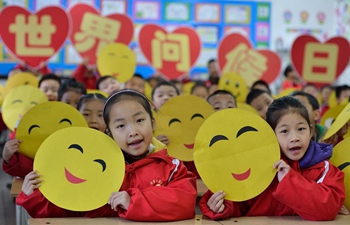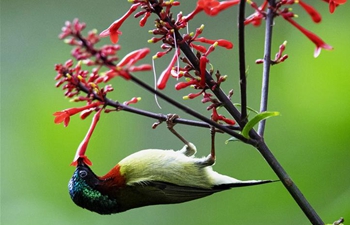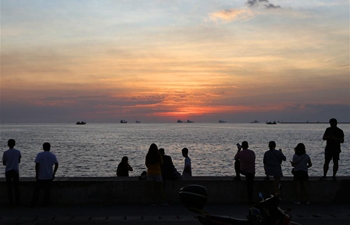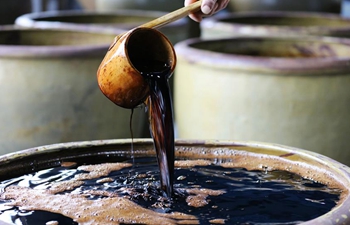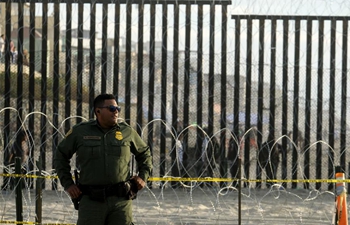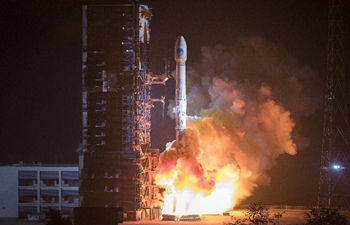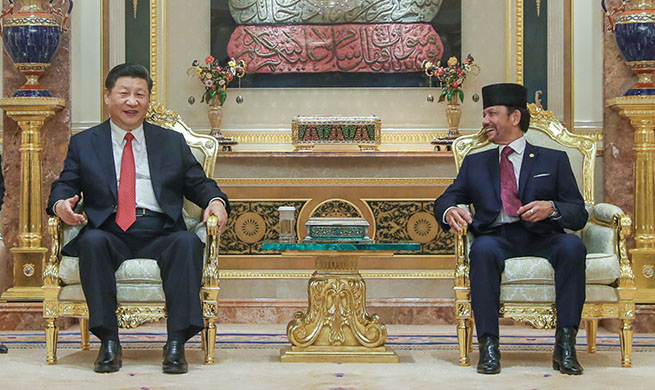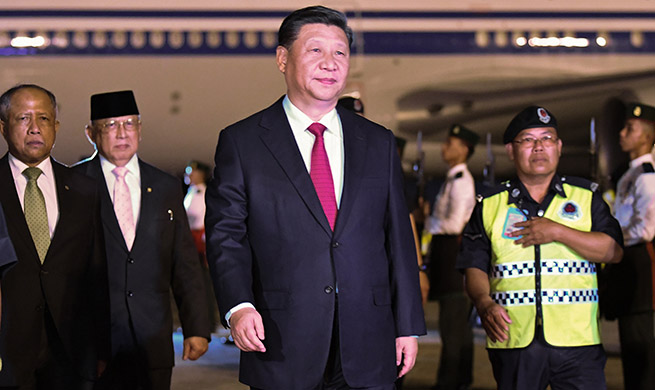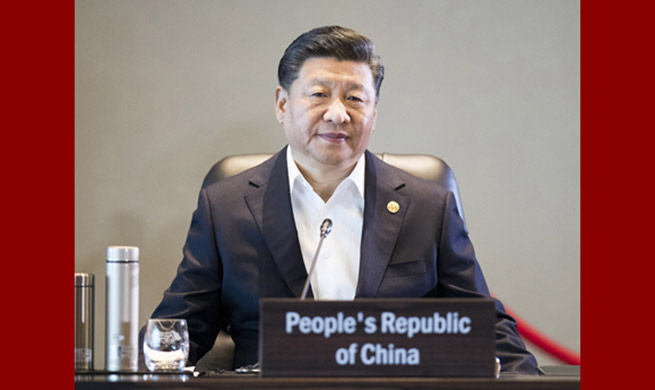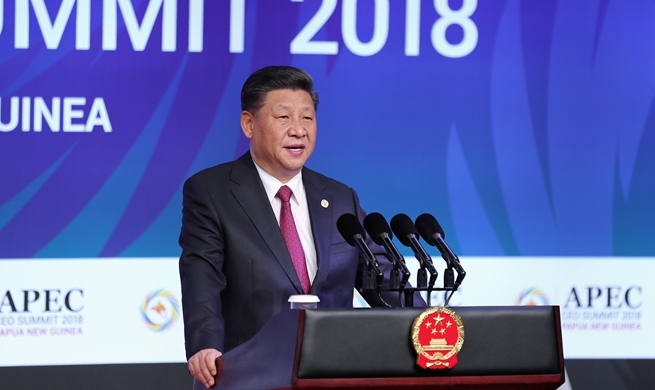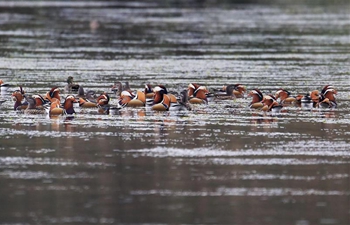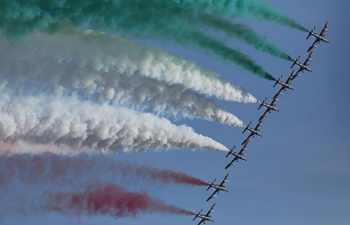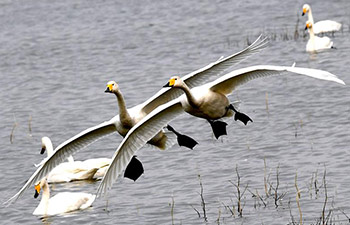By Oliver Trust
BERLIN, Nov. 20 (Xinhua) -- By any measure, 2018 has been year of bad harvest for the German national team. The unfavorable impression of an early group exit at the 2018 World Cup in Russia was worsened by the recent demotion to Group B in the newly-formed Nations League.
What mistakes have been made and how can the 2014 World Cup winners and their under-fire coach Joachim Loew turn things around?
LOW'S TO-DO-LIST
The 58-year-old needs to intensify efforts to rejuvenate his squad. Germany's last game in 2018 again revealed the side's weak points. For too long Loew has ignored the prevailing trends in international football. For too long the German coach stuck to the country's heroes of the past, still playing the same style of possession football that has become increasingly stale.
A fundamental strategy change is needed, with stricter action required. The good times of established stars such as Thomas Muller, Jerome Boateng (both Bayern Munich) and Sami Khedira (Juventus) are over. Mats Hummels (Bayern) has to face intense competition from younger challengers. Only Toni Kroos (Real Madrid) seems indispensable.
Despite the poor performances, Loew still doesn't seem to be entirely convinced of the need for revolution. The coach has only hesitantly initiated a tactical turnaround to mirror the style of play of 2018 World Cup winners France, consisting of a solid defense and powerful counterattacks supported by a high-pressing system that allows the side to regain the ball quickly.
LOEW'S OPTIONS
The unsatisfying 2-2 draw against the Netherlands proved Germany's dependence on three speedy youngsters. With Leroy Sane (Manchester City), Serge Gnabry (Bayern Munich) and Timo Werner (RB Leipzig) enlivening the German game, the team dominated their opponents and raced into a 2-0 lead, missing several opportunities to score more.
Fans and pundits keep on asking why only Werner was part of Germany's World Cup squad.
As soon as Gnabry and Werner were substituted, Germany's game lacked speed and dominance, and saw them draw what should have been an easy win.
Figures show the youthful trio's speed lies above the national league's average rate of 31.77 km/h. Sane's top speed was clocked at 35.48 km/h, while Werner (35.02 km/h) and Gnabry (34.72 km/h) follow closely behind.
Behind the fast three youngsters, Marco Reus (Borussia Dortmund), Julian Brandt and Kai Havertz (both Bayern Leverkusen) are ready for future action in a possible 3-2-2-3 (5-2-3) formation.
LOEW'S RED LINE
Despite the first signs of hope, the German coach remains under observation. Initially, the German football association had demanded the team survive in Group A of the Nations League. Due in part to a lack of alternative options, Loew is keeping his job for now, but failure to qualify for the 2020 European Championships will not be tolerated.
OTHER AREAS FOR IMPROVEMENT
It is apparent that the German team has lost its fans' hearts. The eerie silence inside the Arena Leipzig in a 3-0 against Russia earlier in the month was likened to a public indoor swimming pool.
The situation didn't get better against the Netherlands in the Arena AufSchalke in Gelsenkirchen. While the Dutch fans were in full voice, having crossed over the border in great numbers, the home crowd was unusually reserved and quiet.
In past years, games against the old rival have always been full of atmosphere, but in 2018, the fans didn't feel like dancing.
While Loew is forced to fight for future success, it is on the German Football Association to improve the national team's battered image in the short-term. Both coach and team need their support on their long way back to happiness in 2019.
